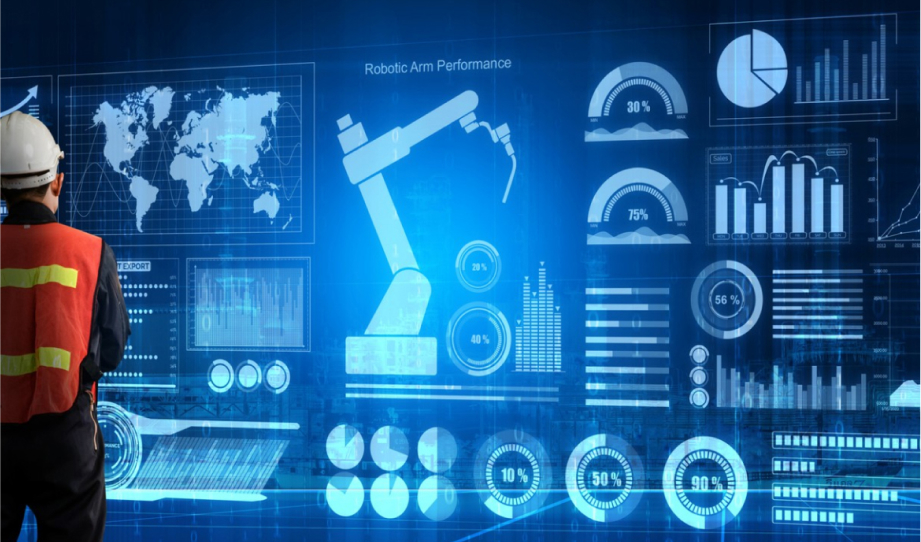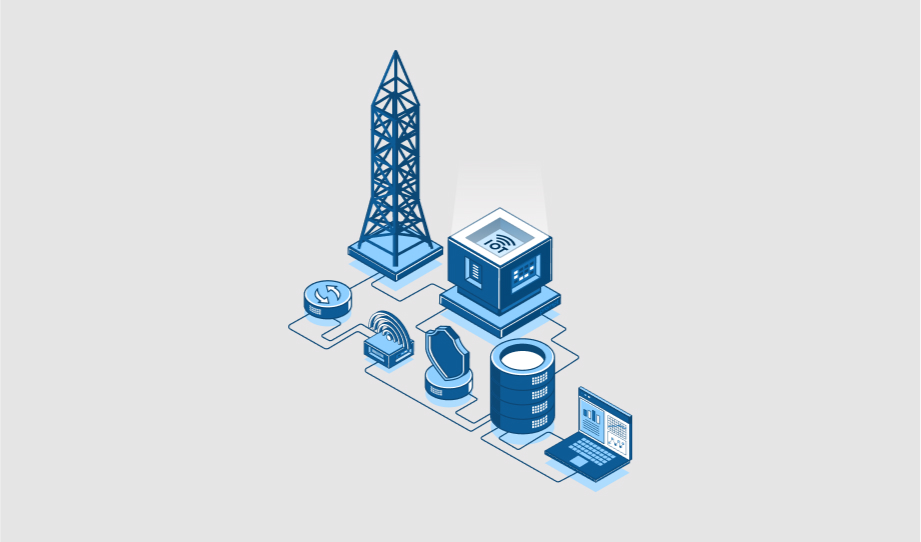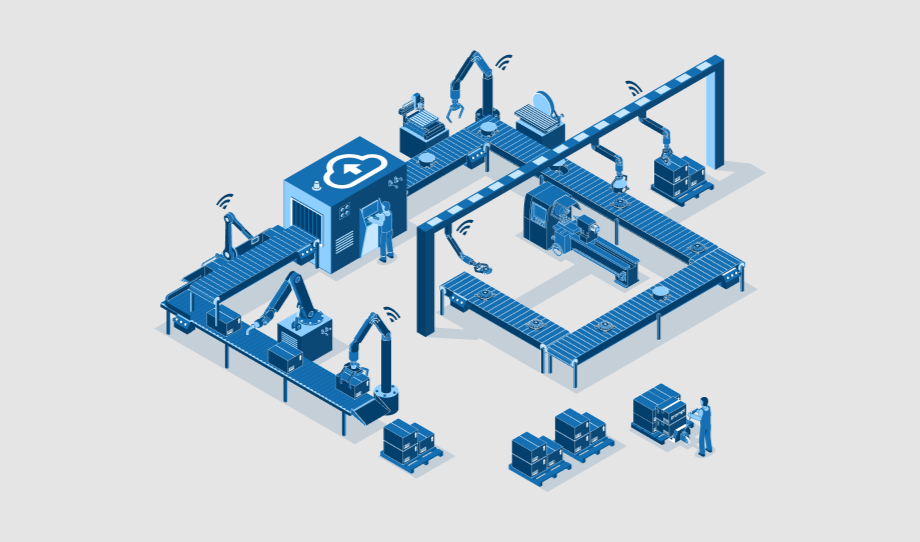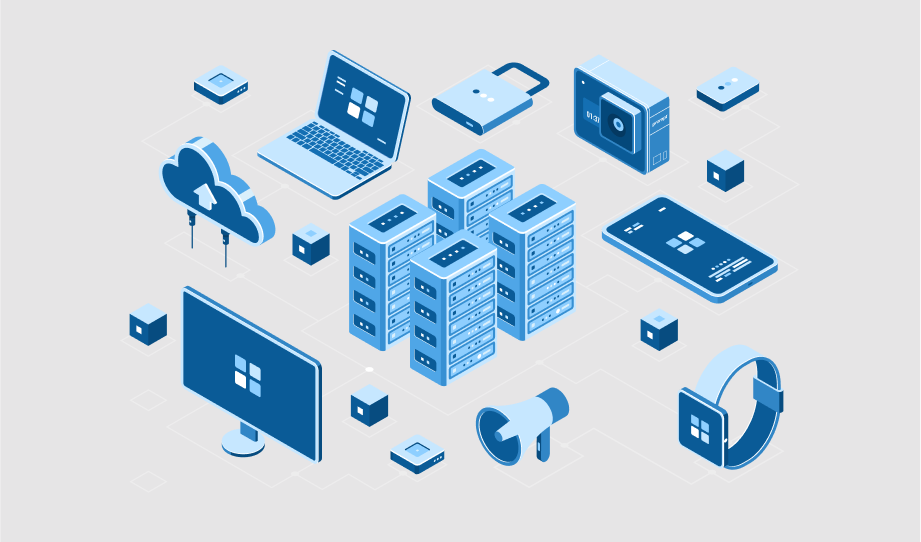How Can Industrial Data Help Overcome All Business Challenges
Today, if we see the ongoing competition between industrial companies, we can easily underline the challenging…
Wireless or Wired Network: Which is Suitable for Your IoT Infrastructure?
Today, if we look around, we will get a clear view of how devices and smart…
Why Connect Industrial Protocols with Cloud
Industrial protocols are conversations between industrial automation products for data collection or control. At the beginning…
Which Solution is Best for Your Connected Device – Edge or Cloud Computing?
If you have adopted IoT and are developing an IoT-connected device, you may wish to do…







